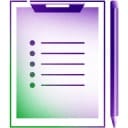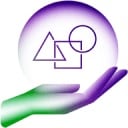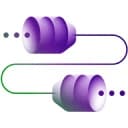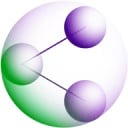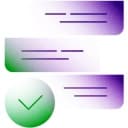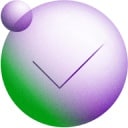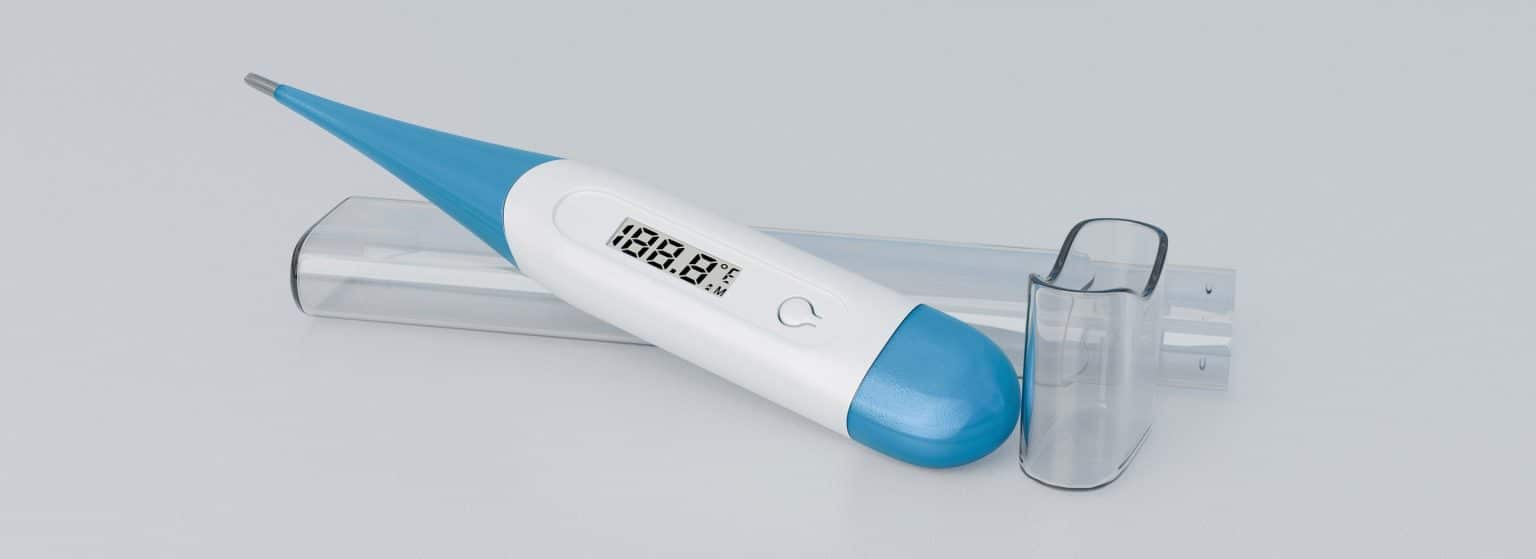Exploratory Software Testing Services
Our exploratory testing services combine real-time learning, design, and execution to reveal hidden defects, usability flaws, and edge-case issues that scripted and automated tests often miss. Faster feedback, fewer surprises, stronger releases.
What We Cover with Exploratory Testing Services
Our exploratory testing combines learning, designing, and executing in real time to uncover defects that are often missed by scripted tests, using the following services.
We create focused test charters that guide sessions toward high-risk areas, ensuring critical functionality is explored in depth.
Testers simulate end-to-end customer scenarios to uncover usability gaps, workflow issues, and unexpected behavior.
We apply different exploratory strategies, such as risk-based or domain-focused approaches, to maximize coverage and defect discovery.
Our team designs and conducts structured sessions where testers adapt in real time, learning from the system to reveal hidden defects.
We prioritize testing around the riskiest features and components, focusing attention where failures would have the high impact on users or business outcomes.
How Businesses Benefit from Exploratory Testing Services
Ad hoc testing improves the quality of development by focusing on areas where scripted or automated methods do not produce the desired results, which in turn brings the following benefits.
Reveal What Your Scripts Overlook
Partner with our QA specialists to run adaptive exploratory sessions that expose hidden flaws and provide actionable insights.
Why You Should Choose Romexsoft
As a component of our software testing services, exploratory testing ensures more than just functional validation. We immerse ourselves in your business context, user behavior, and technical environment to detect risks and usability gaps.
Our testers design and adjust charters in real time, ensuring each session explores the areas of greatest uncertainty and delivers insights tailored to the current stage of development.
We validate applications from an end-user perspective, revealing usability challenges, workflow gaps, and experience inconsistencies that directly influence adoption.
Our exploratory sessions target features and workflows with the highest business or technical risk, exposing issues critical to stability, compliance, and user trust.
When to Use Exploratory Testing
Exploratory testing complements scripted or automated testing by adding adaptability and human understanding. It delivers the most value in scenarios where flexibility and intuition are essential:
Our Engagement Models
The exploratory testing services are offered through flexible engagement models that can be tailored to your project’s scope, timelines, and complexity.
Our QA specialists follow a focused approach that helps our clients maximize the value of their testing efforts, shorten release cycles, and achieve higher return on investment. Explore the cases to see how we’ve helped businesses strengthen their testing processes and deliver more reliable software.
Testing Technology Stack
Exploratory Testing for Various Industries
Romexsoft provides exploratory testing across a wide range of domains. We apply proven best practices and structured testing programs to ensure quality engineering, quality assurance, and digital assurance, helping organizations improve reliability, accelerate releases, and maximize return on investment.
Our Structured Exploratory Testing Process
Our exploratory testing approach is defined by a cycle of charter-based sessions, hands-on investigation by human testers, detailed documentation, and continuous refinement of the testing scope based on real-time feedback.
We start by defining test charters, goals, and focus areas, followed by setting up environments and preparing realistic test data. In such a way, testers ensure sessions are targeted and effective from the outset.
Skilled QA specialists explore the application in real time, simultaneously learning, designing, and executing tests to reveal defects, usability gaps, and unexpected behaviors.
During each session, results are documented through notes, logs, and defect reports. Findings are then analyzed to prioritize risks, detect patterns, and deliver actionable insights.
Structured reports with clear reproduction steps and recommendations are shared with development teams. Insights are integrated into future testing cycles or, optionally, aligned with CI/CD workflows.
Exploratory Testing FAQ
No. Exploratory testing complements automated and regression testing rather than replacing them. Automation ensures consistency for repetitive checks, regression testing secures existing functionality after updates, and unscripted testing adds human-driven discovery to catch edge cases, usability issues, and defects that scripts often miss.
A typical ad hoc testing session lasts 60 to 120 minutes. This time-box allows testers to explore a feature or workflow in depth while staying focused and avoiding fatigue. Sessions may be shorter (30-45 minutes) for quick checks or longer (up to 2 hours) for complex, high-risk areas. If the tester is unfamiliar with the product, sessions can extend further to allow time for understanding workflows and context.
Exploratory testing can reveal some security and compliance issues, such as access control gaps or missing audit trails, but it does not replace formal security testing or compliance testing. It works best as a complementary approach.
Yes. Exploratory testing is very effective during UAT. Testers and end users can actively explore the application’s workflows, uncover usability issues, and validate whether the system behaves as expected in real-world scenarios. It often reveals gaps that scripted UAT test cases might miss, such as unclear navigation, unexpected edge cases, or missing business logic.
Learn from our expert resources on software testing about how functional, exploratory, and automated approaches can improve quality, accelerate releases, and increase customer confidence.
